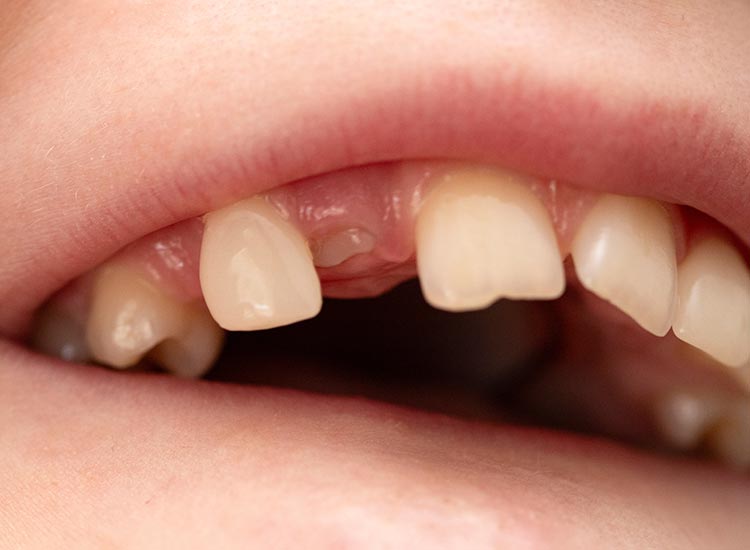When is dry socket no longer a risk?
Dry socket is usually no longer a risk about 7–10 days after tooth extraction, once the surgical site has begun to properly heal and a stable blood clot has formed.
Key Points to Consider:
-
Dry socket typically develops within 2–3 days post-extraction.
-
Risk significantly decreases after the first week of healing.
-
Proper aftercare helps prevent dislodging the blood clot.
-
Smoking, drinking through straws, and vigorous rinsing can increase your risk.
-
If pain lessens steadily after extraction, dry socket is unlikely.

Understanding the Critical Healing Window
The First Few Days Are the Highest Risk
Dry socket happens when the blood clot at the extraction site fails to form, dissolves too early, or becomes dislodged. This clot is essential for protecting the exposed bone and nerve underneath as your gums heal. Most cases of dry socket occur within 2–3 days after surgery, making this period the most critical for careful aftercare.
Once past the three-day mark without sharp, worsening pain, your chances of developing dry socket drop significantly. By days 7 to 10, the extraction site typically begins to close over and the clot is secure, marking the end of the high-risk period.

How to Minimize the Risk of Dry Socket
Follow Post-Op Instructions Closely
Your oral surgeon or dentist will provide specific care instructions designed to protect your healing site, including advice on eating soft foods, avoiding suction, and keeping the area clean. Following these guidelines helps ensure the blood clot stays in place, reducing the chances of dry socket. If you smoke, it’s especially important to avoid it for at least 72 hours, as it can delay healing.
Even after the risk window passes, gentle care is still important to ensure complete healing. If you experience new or sharp pain, bad breath, or an unpleasant taste beyond day 3, contact your dentist for an evaluation.
If you’re recovering from a tooth extraction, following your dentist’s advice and keeping a close eye on symptoms will help ensure smooth healing. When in doubt, reach out to your dental office for reassurance or guidance!
